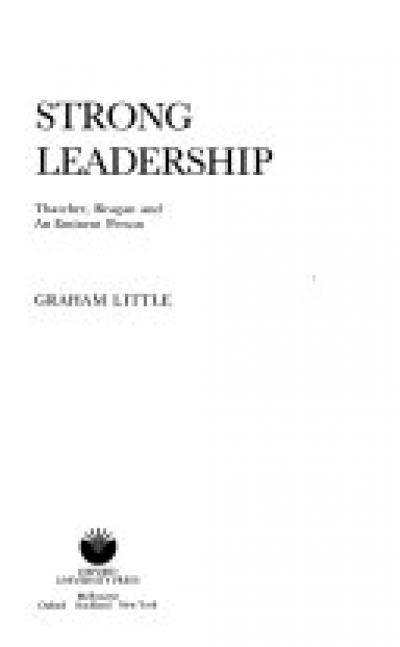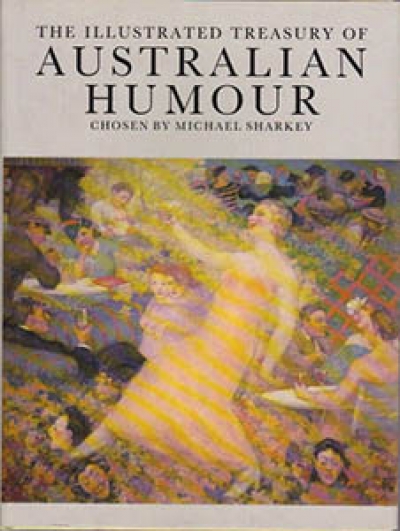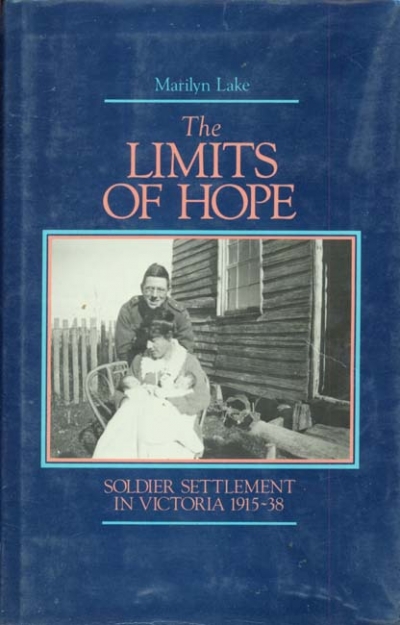Oxford University Press
Life Among the Scientists: An anthropological study of an Australian scientific community by Max Charlesworth, Lyndsay Farrall, Terry Stokes and David Turnbull
by Damien Broderick •
The Critic as Advocate: Selected essays 1941–1988 by Bernard Smith
by Heather Johnson •
The Hidden Culture: Folklore in Australian society by Graham Seal
by Robin Gerster •
Strong Leadership: Thatcher, Reagan and an eminent person by Graham Little
by Chris Wallace-Crabbe •
Woman Herself: A transdisciplinary perspective on women’s identity by Robyn Rowland
by Terry Threadgold •
The Australian National Dictionary: Australian words and their origins by W.S. Ramson
by Jack Hibberd •
The Illustrated Treasury of Australian Humour edited by Michael Sharkey
by Patrick Cook •
The Limits of Hope: Soldier settlement in Victoria 1915–1938 by Marilyn Lake
by Jill Roe •









